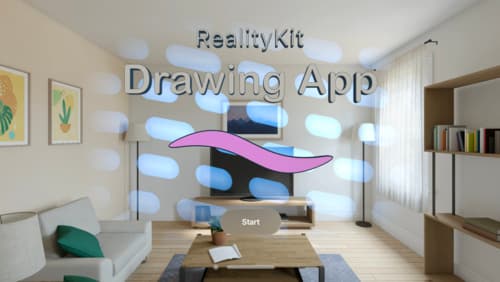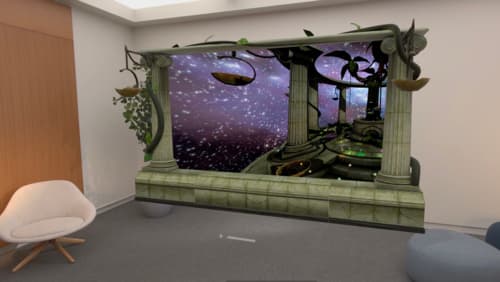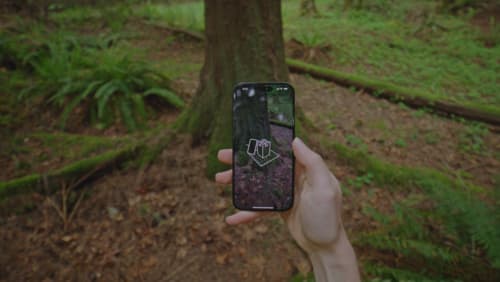rendering large amount of shapes
Asked on 2024-08-12
1 search
Rendering a large number of shapes efficiently is a key topic discussed in several sessions at WWDC 2024. Here are some insights and recommendations from the sessions:
-
Polygon Count and Optimization:
- In the session Optimize your 3D assets for spatial computing, it is recommended to keep the polygon count to no more than 500,000 triangles for immersive scenes and 250,000 for applications in shared spaces. This helps in managing the GPU workload effectively.
- Splitting large objects into chunks can help with culling when they are off-camera, which reduces the rendering load.
-
Efficient Use of Textures and Materials:
- Transparent materials are expensive to render due to overdraw, where the GPU computes the same pixels multiple times. Minimizing transparency and using opaque geometry where possible can improve performance (Optimize your 3D assets for spatial computing).
-
RealityKit and Mesh Resource Extruding:
- The session Build a spatial drawing app with RealityKit introduces a new API, MeshResource extruding, which helps convert 2D vector content into 3D models. This can be useful for efficiently rendering complex shapes by specifying the desired depth and resolution.
-
Foveated Rendering:
- RealityKit uses a foveated renderer, which renders regions in peripheral vision at a lower resolution to optimize performance. This is particularly useful for scenes with thin geometry and high contrast (Build a spatial drawing app with RealityKit).
-
Variable Rasterization Rates:
- In the session Bring your iOS or iPadOS game to visionOS, the use of variable rasterization rates is discussed. This feature allows for rendering with variable resolution across the screen, which can improve rendering efficiency by lowering resolution at the periphery and increasing it at the center.
These strategies and tools can help in efficiently rendering a large number of shapes while maintaining performance and visual quality.

Build a spatial drawing app with RealityKit
Harness the power of RealityKit through the process of building a spatial drawing app. As you create an eye-catching spatial experience that integrates RealityKit with ARKit and SwiftUI, you’ll explore how resources work in RealityKit and how to use features like low-level mesh and texture APIs to achieve fast updates of the users’ brush strokes.

Bring your iOS or iPadOS game to visionOS
Discover how to transform your iOS or iPadOS game into a uniquely visionOS experience. Increase the immersion (and fun factor!) with a 3D frame or an immersive background. And invite players further into your world by adding depth to the window with stereoscopy or head tracking.

Discover area mode for Object Capture
Discover how area mode for Object Capture enables new 3D capture possibilities on iOS by extending the functionality of Object Capture to support capture and reconstruction of an area. Learn how to optimize the quality of iOS captures using the new macOS sample app for reconstruction, and find out how to view the final results with Quick Look on Apple Vision Pro, iPhone, iPad or Mac. Learn about improvements to 3D reconstruction, including a new API that allows you to create your own custom image processing pipelines.
